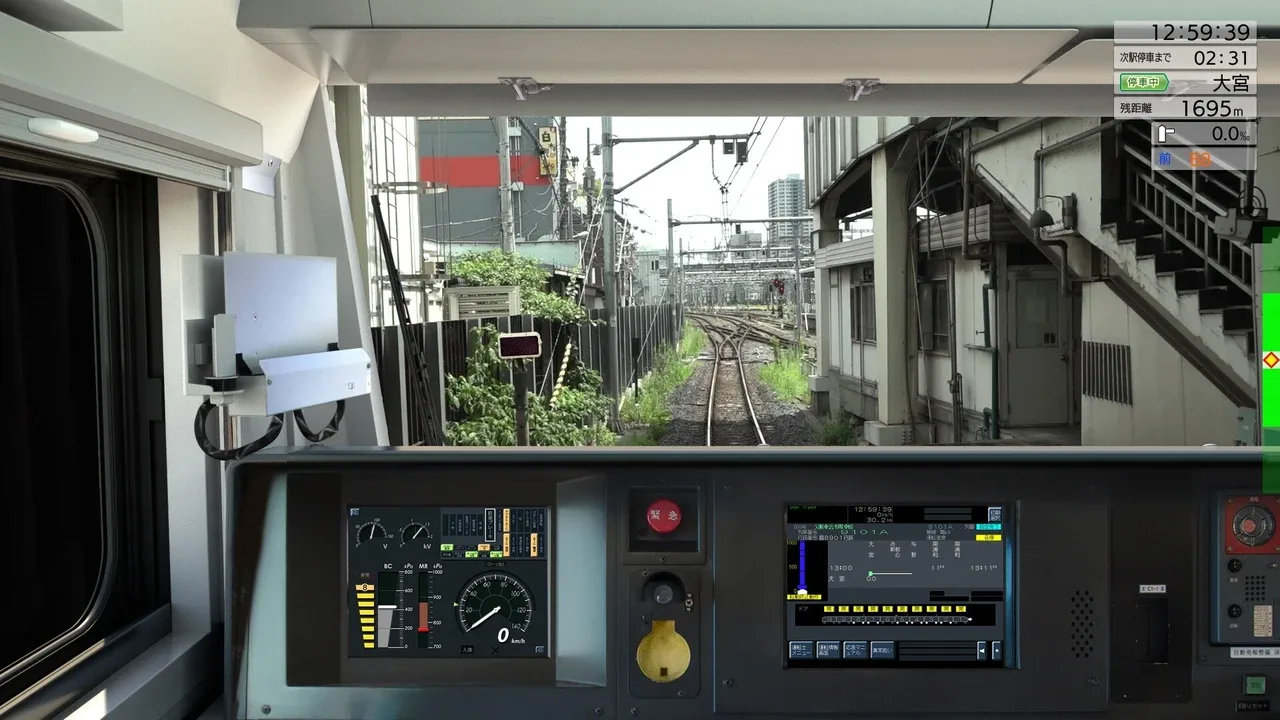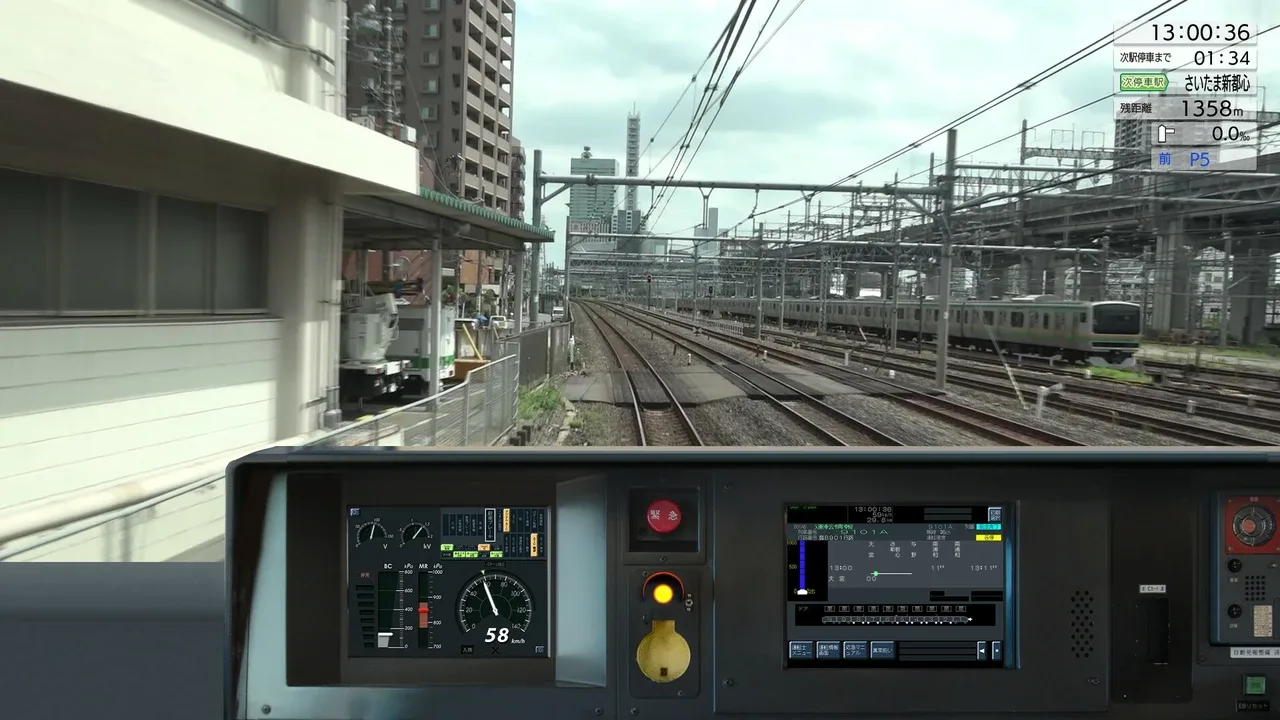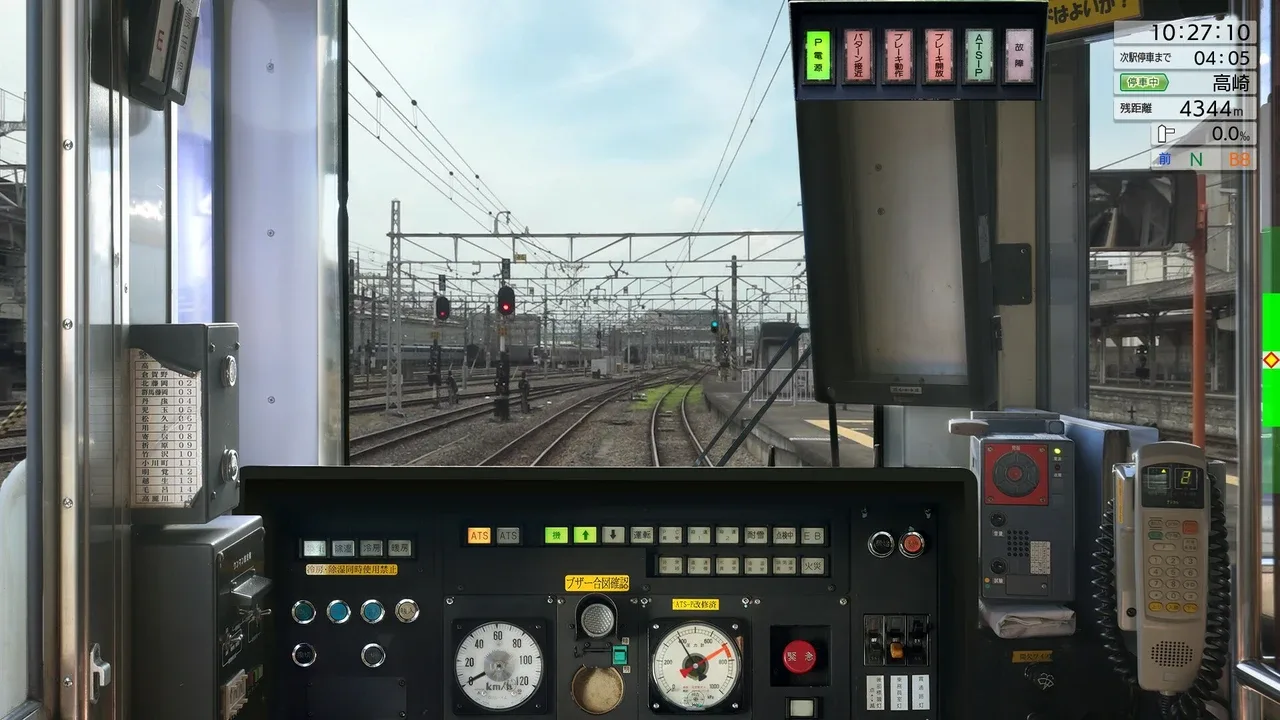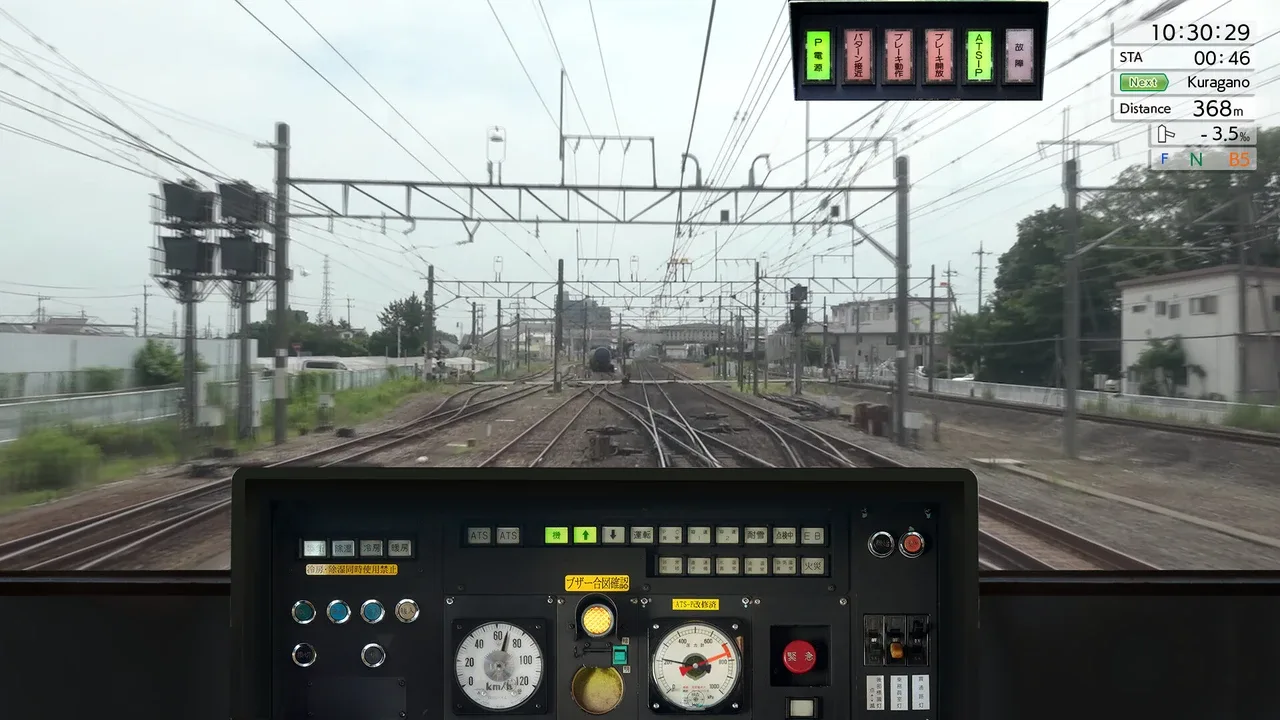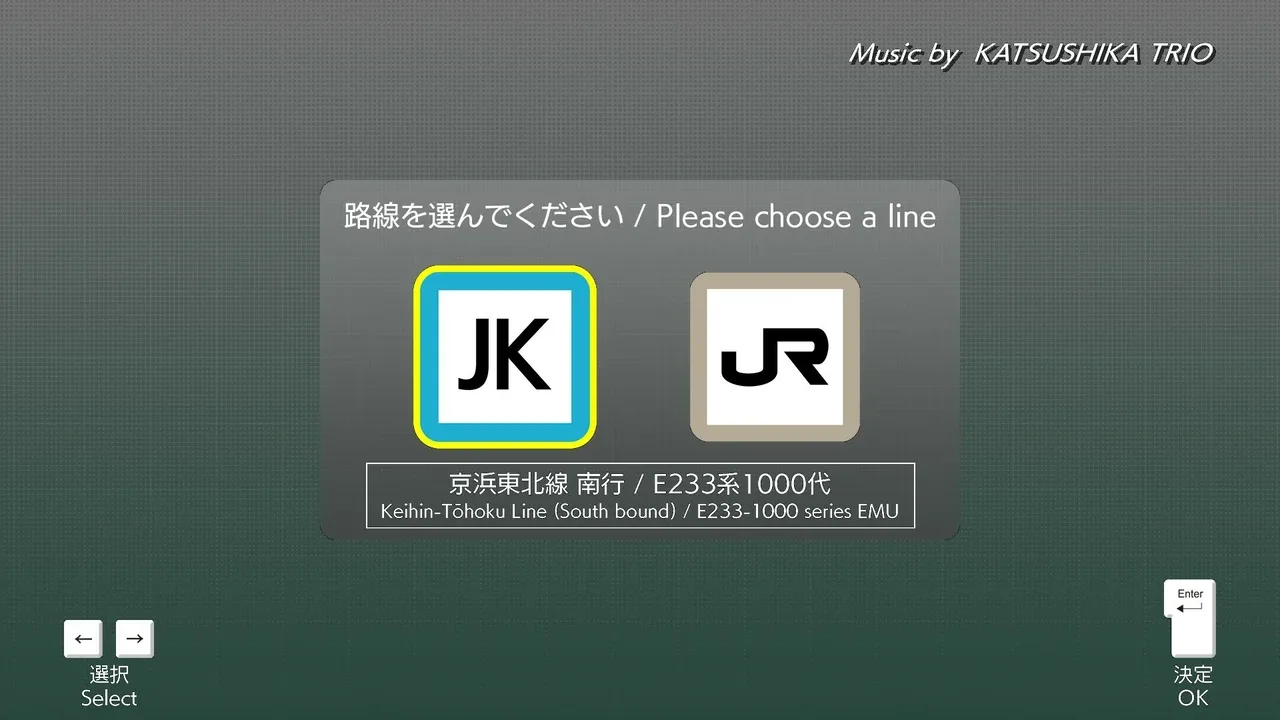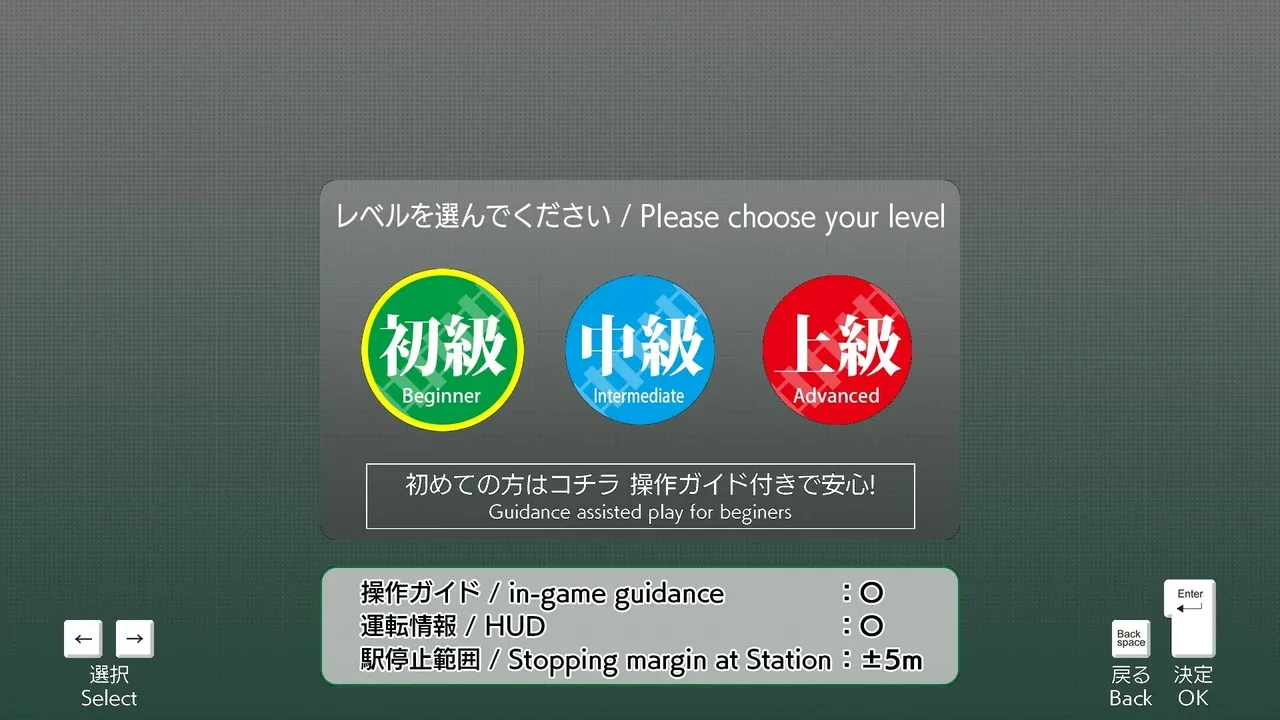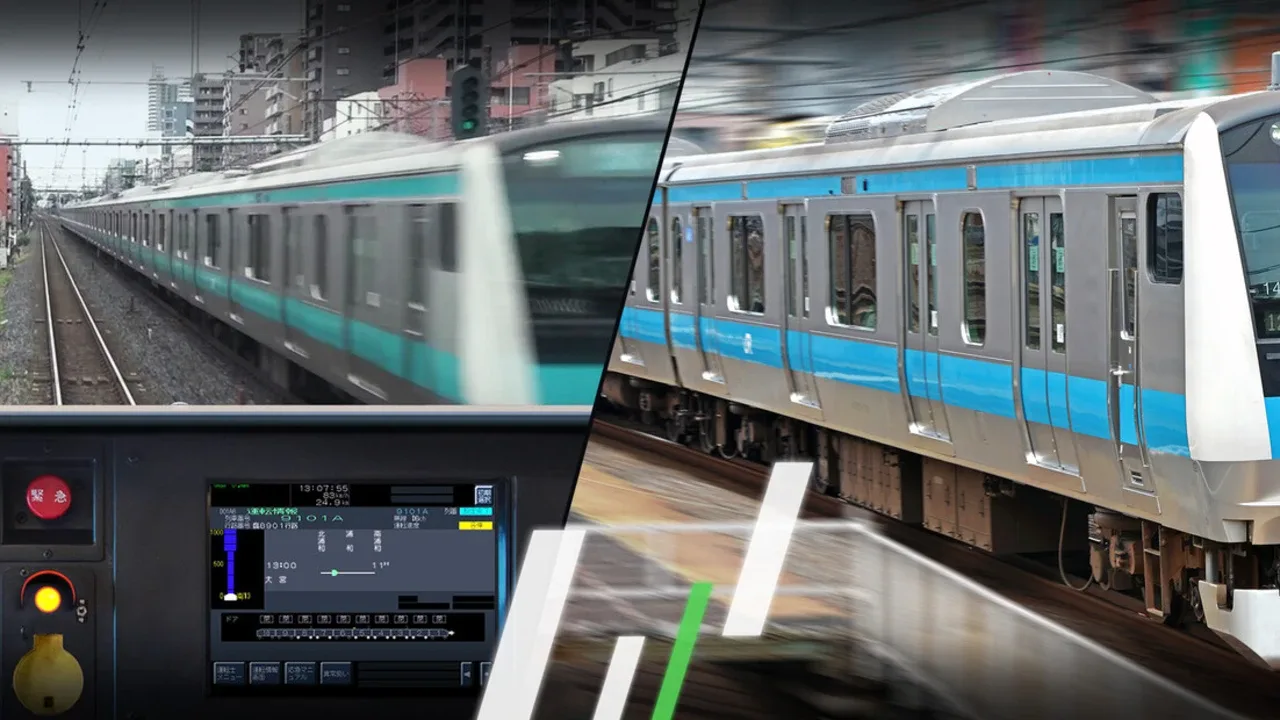JR East Train Simulator
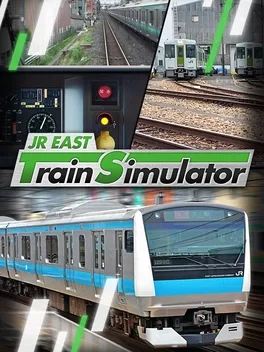
Buy
DLCs
The 70.1 km route between Matsumoto Station and Minami-Kotani Station, which is under the jurisdiction of JR East, is well-known as a stop for customers visiting the mountain climbing and snow resort areas represented by Shinano-Omachi and Hakuba.
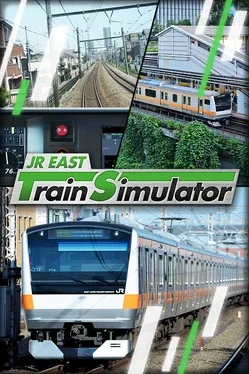
The Chuo Line Rapid Transit is one of the major commuter lines in the Tokyo metropolitan area, connecting the Tama area, a bedroom community spreading in the western part of Tokyo, with Shinjuku, the world's largest terminal station, and the office areas of central Tokyo.
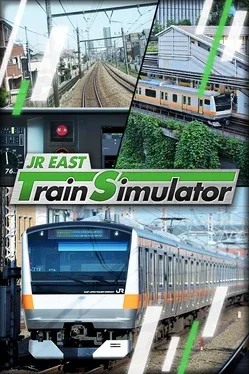
The Tokaido Line was Japan's first railroad line, including the line between Shimbashi and Yokohama, which opened in 1872. It is known as one of Japan's most famous lines.
The Saikyo and Kawagoe Lines are one of the major commuter lines in the Tokyo metropolitan area, running from Osaki Station via Omiya Station to Kawagoe Station.
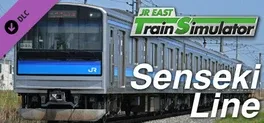
The Senseki Line is a 49.0 km long line connecting Sendai City in the central part of Miyagi Prefecture and Ishinomaki City in the northeast, and is the only DC electrified line in the Tohoku region. Like the Saikyo Line, ATACS is used in some sections (Aobadori Station to Higashi Shiogama Station).
The Keiyo Line, which opened in 1990, is a relatively young line within JR East, connecting Chiyoda-ku, Tokyo, with Chiba City, Chiba Prefecture. Except for the underground section between Tokyo Station and Etchujima Station, the entire line is characterized by running on elevated tracks along Tokyo Bay.
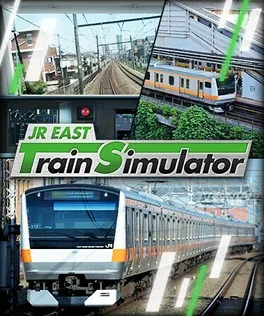
The Joban Line runs from Ueno Station in Taito-ku, Tokyo to Sendai Station in Sendai City, Miyagi Prefecture, via Chiba, Ibaraki, and Fukushima Prefectures, and is the longest line among all JR lines not named "Main Line.
Currently, the Shin-etsu Line operating as JR EAST has three sections: between Takasaki Station and Yokokawa Station, between Shinonoi Station and Nagano Station, and between Naoetsu Station and Niigata Station. This DLC includes the section between Naoetsu Station and Niigata Station.
The Hachinohe Line connects Hachinohe Station in Hachinohe City, Aomori Prefecture with Kuji Station in Kuji City, Iwate Prefecture.Some sections of the line offer views of the ocean, making it a popular route for passengers to see the ocean from the train windows.
The Sobu Rapid Line is a 79.2 km long line running east-west between Tokyo Sta. in Tokyo's Chiyoda Ward and Chiba Sta. in Chiba City, Chiba Prefecture.The Sobu Line (Rapid) DLC can operate the section of the Narita Line from Sakura Station to Narita Airport Terminal 1 Station via Narita Station.
The Koumi Line is a 78,9 km long line connecting Kobuchizawa Station in Hokuto City, Yamanashi Prefecture and Komoro Station in Komoro City, Nagano Prefecture. The greatest feature of the Koumi Line is that it runs at high elevation.
The Takasaki Line is a 74.7 km long line connecting Omiya Station in Saitama City, Saitama Prefecture to Takasaki Station in Takasaki City, Gunma Prefecture. This DLC includes the Tohoku Main Line section between Ueno and Omiya stations, for a total length of 101.4 km.
The Rumoi Line is a 14.4 km long JR Hokkaido line connecting Fukagawa Station in Fukagawa City, Hokkaido to Ishikari-Numata Station in Numata Town, Uryu County, Hokkaido. This DLC includes the up and down lines between Fukagawa and Rumoi (total length 50.1 km), including the discontinued section.
The Oga Line is a 26.4 km long line connecting Oiwake Sta. in Akita City, Akita Prefecture, to Oga Sta. in Oga City, Akita Prefecture.All trains operate directly to the Ou Line, and this DLC includes a 39.4 km long section, including a portion between Akita Sta. and Oiwake Sta. on the Ou Line.
The Narita Line:75.4 km long line connecting Matsugishi Station in Chōshi City to Sakura Station in Sakura City.The Kashima Line:17.4 km long line connecting Kashima-Soccer Stadium Station in Kashima City, to Katori Station in Katori City. This DLC includes two lines in one DLC.
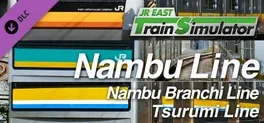
The Nambu Line is a 35.5 km long line connecting Kawasaki Station in Kawasaki City, Kanagawa Prefecture and Tachikawa Station in Tachikawa City, Tokyo. The Nambu Branch Line is a 4.1 km long line connecting Shitte Station in Kawasaki City, Kanagawa Prefecture and Hama-Kawasaki Station in Kawasaki City, Kanagawa Prefecture. The Tsurumi Line is a 9.7 km long line connecting Tsurumi Station in Yokohama City, Kanagawa Prefecture and Ogimachi Station in Kawasaki City, Kanagawa Prefecture. In addition to the main line connecting Tsurumi Station and Ogimachi, the line has two branch lines: the Umi-Shibaura branch line, which branches off from Asano Station and connects to Umi-Shibaura Station, and the Okawa branch line, which branches off from Musashi-Shiraishi Station and connects to Okawa Station.

The Yamanote Line runs in a circle around the center of Tokyo for 34.5 km, taking 59 minutes, and is one of the major lines in the Tokyo metropolitan area, connecting huge terminal stations with world-class passengers.
Utsunomiya Line is the nickname for trains operating on the 163.3 km long section of the Tohoku Line (between Tokyo Station and Morioka Station) between Tokyo Station and Kuroiso Station. The Utsunomiya Line has been in use since March 10, 1990, at the suggestion of the local governments along the line. In the past, many express and sleeper trains headed for Tohoku and Hokkaido used to run on the line, but now regular and rapid trains make up the majority of the schedule. Please enjoy the Utsunomiya Line DLC as you travel through the Kanto Plain, experiencing the changing landscape from Tochigi Prefecture to Tokyo, with its sprawling countryside, suburban residential areas, and buildings in the heart of the city.
The Yokosuka Line is a 23.9 km long line connecting Kurihama Station in Yokosuka City, Kanagawa Prefecture and Ōfuna Station in Kamakura City, Kanagawa Prefecture. Although the official name of Ōfuna Station to Tōkyō Station is Tōkaido main line, trains run directly from Kurihama Station to Tōkyō Station, so the line between Kurihama and Tōkyō Stations is known as the Yokosuka Line. The train leaves Kurihama Station for Yokohama Station via Yokosuka Station, a military port town; Kamakura Station,famous for the Daibutsu statue and Tsurugaoka Hachiman Shrine; and Ōfuna Station, where the train joins the Tōkaidō Main Line. After Yokohama Station, the line separates from the Tōkaidō Main Line near Tsurumi Station and heads for Shinagawa Station while running alongside the Tōkaidō Shinkansen via Shin-Kawasaki Station where the Shin-Tsurumi Engine Works, and Musashi-kosugi Station is spead. After Shinagawa Station, the line goes underground to Tōkyō Station, its final destination. We hope you enjoy the various landscapes from the suburbs to the city and the many parallel trains.
The Ōme Line is a 37.2 km long line connecting Tachikawa Station in Tachikawa City, Tōkyō, and Okutama Station in Okutama-town, Nishitama-county, Tōkyō. The line runs through residential areas from Tachikawa Station to Ōme Station, but from Ōme Station onward it runs along the Tama River through the mountains. The area between Ōme Station and Okutama Station is known as the Adventure Line, and although it is in Tōkyō, it is an area where visitors can enjoy abundant nature and activities right after getting off the station. We hope you will enjoy the Ōme Line, which has two distinctive features a double track running through a residential area and a single track running through the mountains.
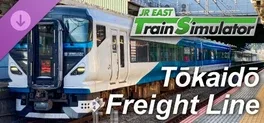
Tōkaidō Freight Line is the common name for tracks on the Tōkaidō Main Line dedicated to freight trains that are separated from passenger trains (freight lines) and branch lines attached to the main line that are mainly used by freight trains (freight branch lines). Generally, it refers to a series of freight lines and freight branch lines from Hamamatsuchō Station to Odawara Station. The Tōkaidō Freight Line runs a variety of freight trains to and from the Kansai, Kyūshū regions, some limited express “Shōnan” trains during morning and evening hours, and test runs of new trains and crew training during daytime hours. The trains run alongside passenger lines, pass through long tunnels and elevated shelters through residential areas, and pass through a number of freight stations, allowing to enjoy the unique view of the freight line. In this DLC, you can drive from Odawara Station to Tōkyō Station via the Tōkaidō Freight Line and Hinkaku Line (Yokosuka Line), which are separate routes from passenger lines, and to Shinjyuku Station via the Yamanote Freight Line. We hope you will enjoy the different scenery from the passenger line.
Part of collection:
Train Simulator (Ongakukan)
(last 3 games)

Ongakukan and JR East have teamed up to bring you a simulator that has a wealth of experience in train driving simulators. You can experience the professional simulator actually used by JR East drivers for training at home.
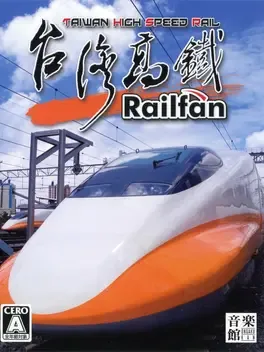
Railfan: Taiwan High Speed Rail takes place in Taiwan, along the real-world Taiwan High Speed Rail line between Taipei in the North, and Zuoying to the South. Like the previous game in the series, Taiwan High Speed Rail uses full-HD footage of the rail line. The player is responsible for driving at the appropriate speeds and reaching stations on schedule. There are game modes which score the player based on total time spent on the route, energy used, or accuracy in stopping the train at stations. The game also includes a mode highlighting tourist spots along the route, with mentions of historic locations as well as sightseeing spots and restaurants.
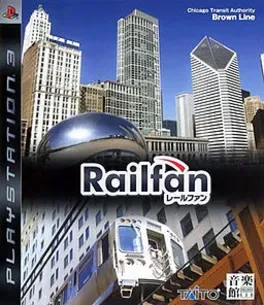
The first PS3 installment of Ongakukan's Train Simulator series. It features three different rail lines - JR East's Chuo Line between Mitaka and Tokyo, the Keihan Electric Railway's Main Line between Demachiyanagi and Yodoyabashi, and the Chicago Transit Authority's Brown Line between Fullerton and the Loop. In a first for the series, it features full HD video, as well as the ability to view the train from an external viewpoint. In addition, the game also features a "Densha de Go!" mode emulating the gameplay of that series.
Could be interesting

Railfan: Taiwan High Speed Rail takes place in Taiwan, along the real-world Taiwan High Speed Rail line between Taipei in the North, and Zuoying to the South. Like the previous game in the series, Taiwan High Speed Rail uses full-HD footage of the rail line. The player is responsible for driving at the appropriate speeds and reaching stations on schedule. There are game modes which score the player based on total time spent on the route, energy used, or accuracy in stopping the train at stations. The game also includes a mode highlighting tourist spots along the route, with mentions of historic locations as well as sightseeing spots and restaurants.
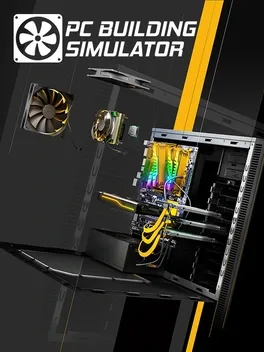
PC Building Simulator lets players get to grips and experiment with building their very own gaming PC, without the associated risks and costs. With tutorials to help master the basics and an array of accurate and lifelike components that function exactly as they would in real life.

Experience the world of restaurant cooking in a highly polished, realistic kitchen. Use ovens, gas stands, pots, pans, bowls and plates, everything you need. Prepare dozens of lifelike ingredients - from vegetables through fish to steaks and poultry - to cook over thirty real dishes, or anything you like.
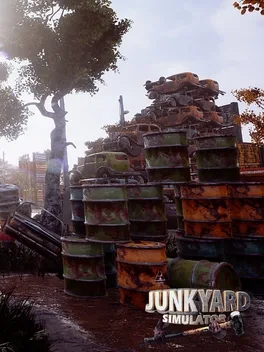
In Junkyard Simulator you play as owner of scrap yard, which with his own hands is trying to create the largest junkyard in the area. The way you do it depends on your decision! Do you want to manually search and collect the best scrap?

Out-build the competition in the new career. Race your friends in adjudicated multiplayer events. Compete in over 500 cars on world-famous tracks with cutting-edge AI, advanced physics, tire and fuel strategy, and driver and safety ratings.
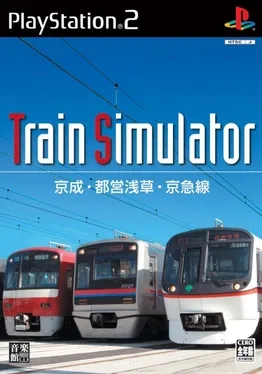
Another in the series of Train Simulator FMV games developed by Ongakukan. This instalment features the connected networks of the Keikyu, Toei, and Keisei railways from Haneda Airport to Narita Airport, and introduces a new system of unlocking new train classes via spending points earned during the game.
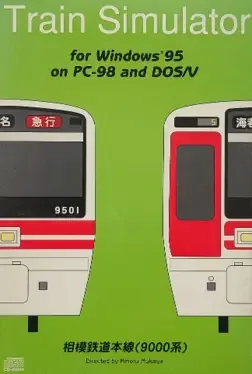
An entry in the Train Simulator series of FMV games by Ongakukan, featuring the Sagami Railway Main Line between Yokohama and Ebina.
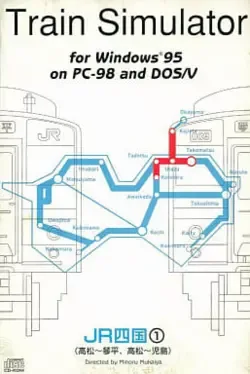
An entry in the Train Simulator series of FMV games by Ongakukan, featuring two JR Shikoku lines running out of Takamatsu.
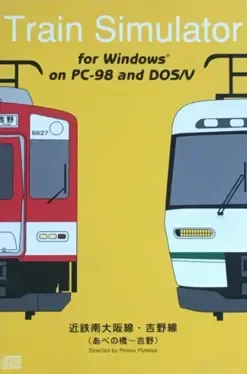
An entry in the Train Simulator series of FMV games by Ongakukan, featuring the Kintetsu Railway between Abenobashi and Yoshino.
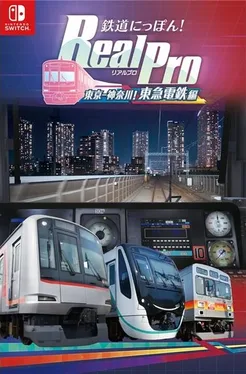
A train simulation game from Sonic Powered's "Japanese Rail Sim" series. In this entry, you can drive trains on three different lines of Japan's Tokyu railway. This game is compatible with Zuiki's Densha de GO!! dedicated one-handle train controller for the Nintendo Switch.







